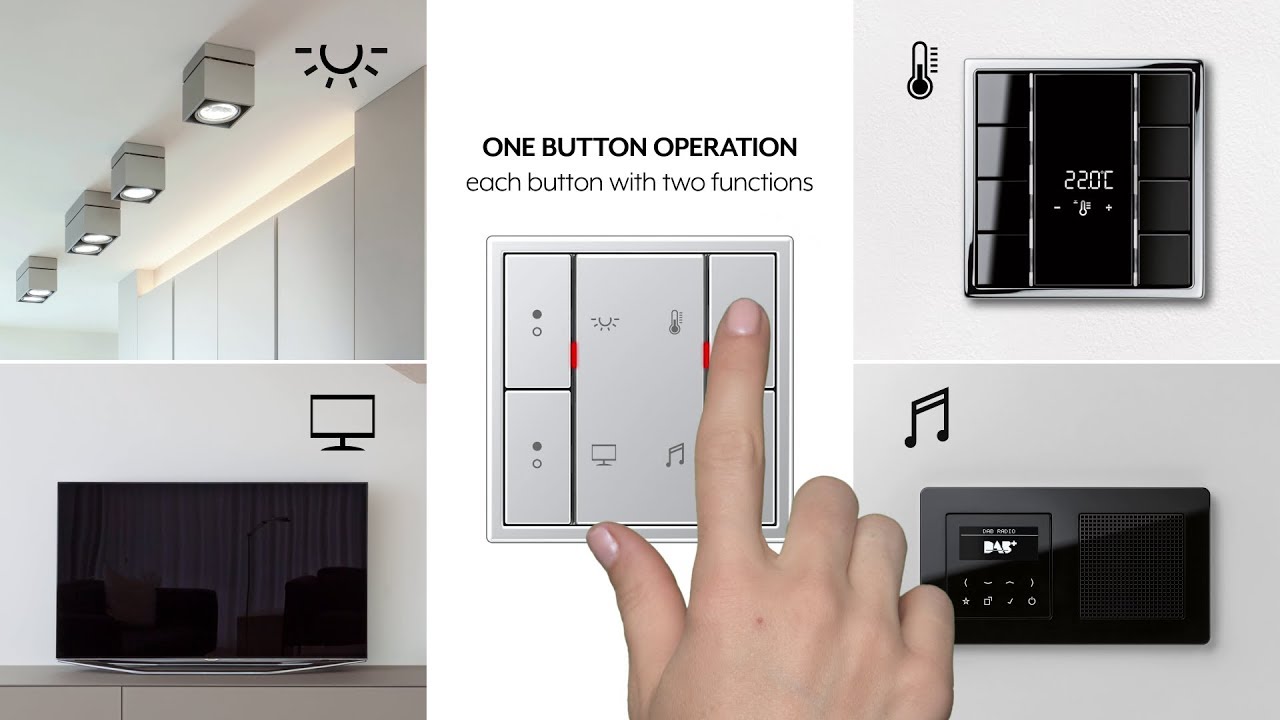As smart homes and buildings continue to rise in popularity, the need for a standardized, reliable, and scalable system to manage various automation functions has become crucial. KNX technology stands out as a leading solution, offering an open standard for building automation that is trusted by professionals around the world. This article introduces KNX technology, exploring its benefits, applications, and why it is considered the gold standard in smart building automation.
What is KNX Technology?
KNX is an internationally recognized standard for building automation that allows different devices and systems to communicate with one another, regardless of the manufacturer. Established in 1990 and officially standardized under ISO/IEC 14543-3, KNX provides a reliable and flexible platform for controlling a wide range of building functions, including lighting, heating, ventilation, security, and more. The technology is used in both residential and commercial buildings, offering a unified approach to managing various automated systems.
How KNX Works
KNX technology operates on a decentralized communication network, meaning that each device within the system has its own intelligence and can function independently. This decentralized structure enhances the reliability and robustness of the system, as it does not rely on a central controller that could potentially fail.
Devices within a KNX system communicate with each other through a dedicated bus line, which can be wired or wireless. The bus line transmits data between sensors (such as light switches or temperature sensors) and actuators (such as dimmers, motors, or HVAC controllers), enabling seamless control and integration of different building functions.
Key Benefits of KNX Technology
- Interoperability and Flexibility: One of the primary advantages of KNX technology is its interoperability. With over 500 manufacturers worldwide producing KNX-compatible devices, professionals have the flexibility to choose from a wide range of products that meet specific needs and preferences. This interoperability also means that KNX systems can easily integrate with other technologies, making it a versatile choice for any project.
- Scalability: KNX systems are highly scalable, making them suitable for both small residential applications and large commercial projects. Whether you need to automate a single room or an entire building, KNX technology can be easily expanded or modified as your needs evolve.
- Energy Efficiency: KNX systems are designed to optimize energy use, making them an excellent choice for creating energy-efficient buildings. By automating functions such as lighting, heating, and ventilation based on real-time data, KNX systems can significantly reduce energy consumption, leading to lower utility bills and a smaller carbon footprint.
- Reliability and Stability: The decentralized nature of KNX technology ensures that the system remains reliable and stable, even if one device fails. This robustness is particularly important in commercial settings, where system downtime can have significant consequences.
- Future-Proofing: As a globally recognized standard, KNX technology is future-proof, ensuring that your investment remains relevant and compatible with new devices and technologies as they emerge. The KNX Association continuously updates the standard to accommodate new innovations, ensuring that KNX systems remain at the cutting edge of building automation.
Applications of KNX Technology
KNX technology can be applied in a wide range of building automation scenarios, including:
- Lighting Control: KNX systems allow for precise control of lighting, enabling users to adjust brightness, color, and scheduling to create the perfect ambiance while maximizing energy efficiency.
- HVAC Control: Heating, ventilation, and air conditioning systems can be seamlessly integrated into a KNX system, allowing for optimized temperature control based on occupancy, time of day, and other factors.
- Security Systems: KNX technology can be used to manage security systems, including alarms, access control, and surveillance, providing peace of mind for both residential and commercial properties.
- Shading and Blinds: Automated control of blinds and shades can be achieved through KNX, enhancing comfort and energy efficiency by adjusting to natural light levels.
- Smart Metering: KNX systems can integrate with smart meters to monitor and manage energy consumption, helping to identify areas where energy savings can be achieved.
Conclusion
KNX technology represents the pinnacle of smart building automation, offering a reliable, scalable, and future-proof solution for managing a wide range of building functions. Its interoperability, energy efficiency, and robust design make it an ideal choice for both residential and commercial applications. As smart buildings become the norm, KNX technology is poised to play a critical role in shaping the future of how we interact with our living and working spaces.


